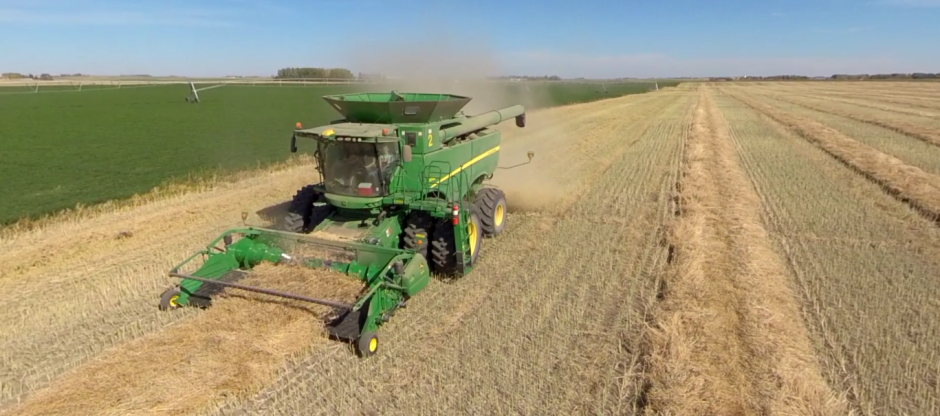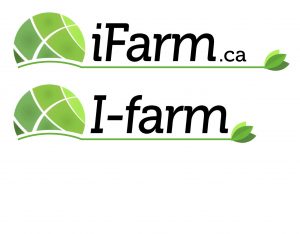By: Neil Billinger
Farm Credit Canada
Source link
Interest Rates, Crop Receipts Help Drive Farmland Values: Report
It appears Canadian farmland values are heading towards the soft landing predicted earlier this year by Farm Credit Canada economists.
FCC recently released Farmland Values Explained, a report that provides an outlook for 2015 and identifies some of the key market drivers.
The report states farmland is a limited resource with only an estimated one to four per cent changing hands in a given year. The three Prairie provinces account for 80 per cent of total farmland in the country led by Saskatchewan at 38 per cent, Alberta at 32 per cent and 11 per cent in Manitoba. Ontario and Quebec follow at eight and five per cent, respectively.
Interest rates, crop receipts and the momentum effect are the three main components driving farmland values. While it’s difficult to make a precise forecast, the report states low interest rates will persist for the rest of 2015 and into next year.
Lower world grain and oilseed prices, combined with drought conditions over much of eastern Alberta and western Saskatchewan, will impact crop receipts. Agriculture and Agri-Food Canada predicts a six-per-cent decline at the national level – the lowest point since 2011. A positive factor is the declining Canadian dollar that helps increase the value of export sales.
The variable momentum reflects the human element in the market, the report notes. The potential economic impact of lower oil prices in Alberta falls into this category.
FCC projects moderate farmland value appreciations in Saskatchewan and Quebec, with the wheat province expected to lead the country again. The report says the increases could be as high as nine per cent, with some upside to reach higher. That is well below the 19-per-cent rise last year and 28.5 per cent in 2013.
Brett Halstead is president of the Canadian Canola Growers Association and farms near Nokomis, about 150 kilometres southeast of Saskatoon, Sask. He says location will be a major factor determining farmland values over the next several months.
“For those with a good crop in the eastern half of the prairies, they may see some increase in (farmland) values through the winter,” Halstead says. “It could be localized and it depends on how many people are after a piece of land.”
Halstead says there is usually more competition in areas with a good crop.
“Farmland values don’t necessarily have to reflect the productivity of the land. Farmers are an optimistic group and they tend to want to price something to what it will be worth in the future. They anticipate land appreciation values. You might only have one chance to get that piece of land if you have competition bidding on it too.”
The Alberta forecast projects farmland value appreciation in the one- to three-per-cent range. Urban professionals and those working in the oil patch have purchased farmland over the years as a way to beat low returns from traditional investments, such as the interest rate earned through guaranteed investment certificates at the banks. Farmland as an investment has been a natural hedge against inflation, generating strong returns. This helped boost farmland values, but plummeting oil prices have resulted in layoffs and reduced overall confidence in the Alberta economy.
“I think there will be a decrease in farmland values, it just hasn’t hit yet,” according to Gary Stanford, who farms about 30 kilometres south of Lethbridge, Alta. and is president of the Grain Growers of Canada. “We have been on such a run over the last six or seven years that there needs to be a slowdown or re-evaluation. We have been lucky to have low interest rates in Canada, but there would be an impact if rates were to rise. By people having so much money in their farmland, unless it is paid for, this could come back to really hurt their finances in the future.”
Stanford and Halstead are concerned about another statistic contained in the FCC report, especially for younger farmers. Farmland represents a growing portion of a producer’s asset value. In 1993, land only comprised 44 per cent of farm assets in Canada. By 2013, farmland grew to 64 per cent of the value of farm assets, according to Statistics Canada.


